andrrsgg
TPF Noob!
- Joined
- Aug 8, 2016
- Messages
- 25
- Reaction score
- 2
- Can others edit my Photos
- Photos OK to edit
If you look at the clouds in the photos below, you'll notice that the clouds don't look very good. They lack detail, and they aren't very sharp... How do you fix this? It seems to happen with most photos I take.
These were taken with the landscape auto mode on my camera.
ISO 100, f/7.1, 1/125 sec:

ISO 100, f/8, 1/200 sec:

These were taken with the landscape auto mode on my camera.
ISO 100, f/7.1, 1/125 sec:
ISO 100, f/8, 1/200 sec:



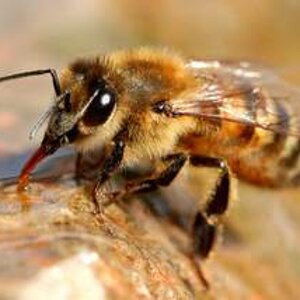
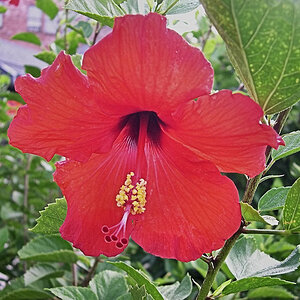
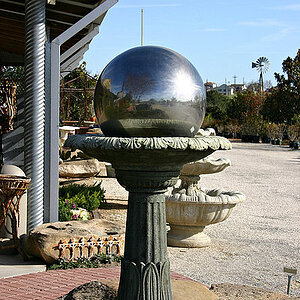
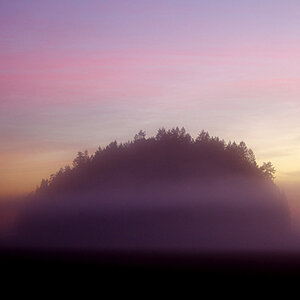
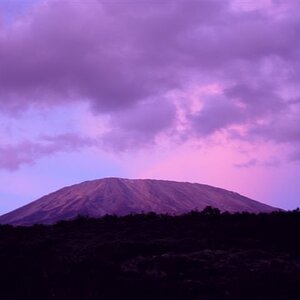
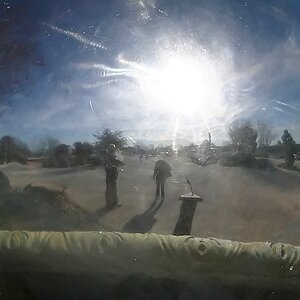



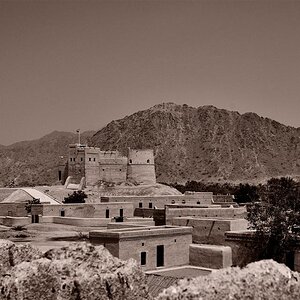
![[No title]](/data/xfmg/thumbnail/33/33339-c5b461af62b32f6b6529f1b334d818ba.jpg?1619735909)
